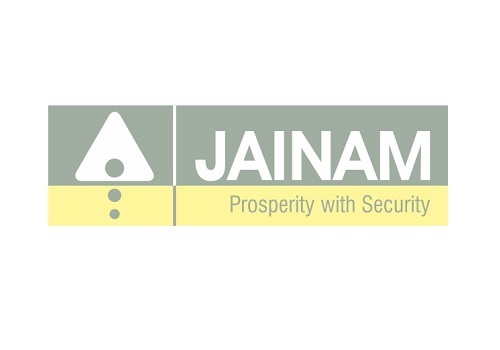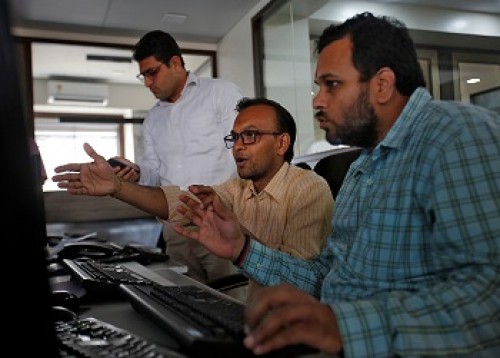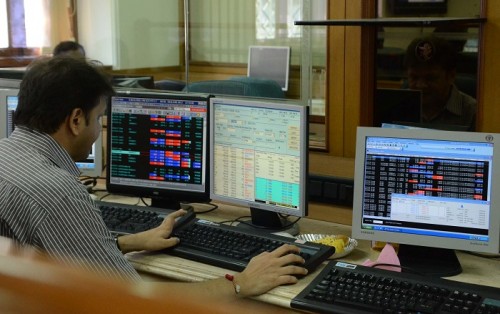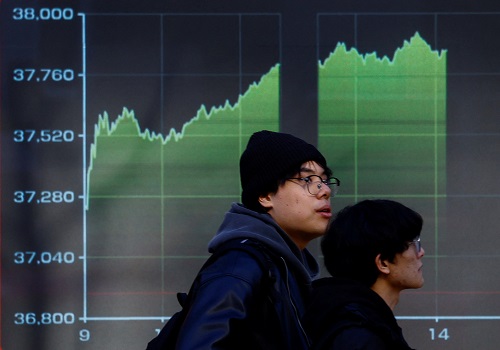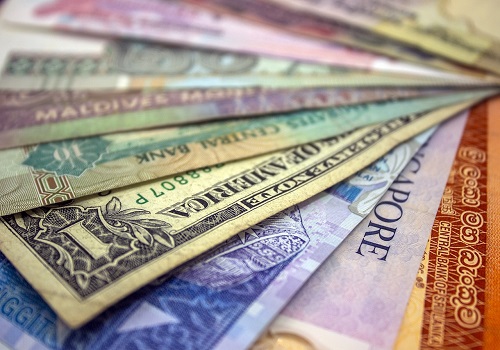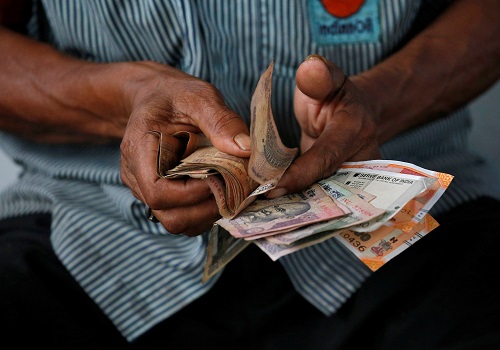Fag end selling drags Indices lower for sixth straight day
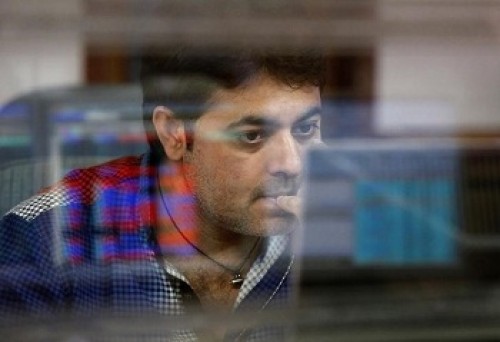
Follow us Now on Telegram ! Get daily 10 - 12 important updates on Business, Finance and Investment. Join our Telegram Channel
Indian equity benchmarks wiped out all the initial gains and ended marginally lower for the sixth straight day on Wednesday, dragged by Energy, Capital Goods and Auto stocks. Markets opened higher as traders took encouragement with the commerce ministry data showed that the country’s merchandise exports rose by 26.4 per cent to $25.33 billion this month till February 21 on account of healthy performance by sectors including gems and jewellery, engineering, textiles and chemicals. The exports during February 1-21 last year stood at $20.04 billion. Key indices trimmed some gains in morning deals, but continued to trade in green, as some solace also came with Nasscom Centre of Excellence for internet of things (IoT) and artificial intelligence (AI) CEO Sanjeev Malhotra stating that India has the third-largest ecosystem for start-ups in the world and the number of such firms is growing significantly with ten per cent being added every year.
However, benchmark indices failed to hold on to their gains in late hour of trading session and ended lower, as traders turned cautious with Finance Minister Nirmala Sitharaman’s statement that the Russia-Ukraine crisis and the ensuing jump in global crude prices are a challenge to financial stability in India. Sitharaman said ‘It is difficult to say how it (crude prices) will go. Even today, in the FSDC, when we were looking at the challenges which are posed for the financial stability, crude was one of the things’. Some pessimism also came as forecasting a lower-than-previously projected 10 per cent GDP growth for the fiscal year 2022 due to the third wave of the pandemic, a private report said the Indian economy is likely to have expanded by 6.6 per cent in the December quarter. It said the economy had a relatively stable Q3 with several sectors returning to pre-pandemic level of activity, with services playing a bigger role in activity and added that with the mild Omicron wave in January, there is clear downside risks to the earlier growth forecast of 10 per cent in FY22.
On the global front, Asian markets ended mostly higher on Wednesday despite the broadly negative cues from Wall Street, as traders picked up stocks at a bargain following the recent sell-off amid geopolitical concerns. Traders keep reassessing the risks amid intensifying worries about a Russian invasion of Ukraine a day after the Russian government recognized two Ukrainian separatist regions - Donetsk and Luhansk - as sovereign states. European markets were trading higher as investors tracked the latest developments in the Russia-Ukraine crisis. Investors shrugged off data showing that German consumer sentiment is set to drop in March as higher inflation dampened income prospects.
Back home, textile industry’s stocks were in focus with report that India's annual textiles exports can rise to $100 billion in the next five years from the current $40 billion. Textiles Secretary Upendra Prasad Singh said the country's apparel industry must focus on vertical integration to increase its scale and size and to benefit from the production-linked incentive (PLI) scheme. Besides, microfinance sector stocks too were in action as India Ratings revised upwards its outlook on the microfinance sector to neutral from negative next fiscal, on the back of a revival in growth that could clip at 30 per cent. The agency expects the sector to grow 20-30 per cent in both FY22 and FY23 in comparison to the below 10 per cent AUM (assets under management) growth in the previous two years.
Finally, the BSE Sensex declined 68.62 points or 0.12% to 57,232.06 and the CNX Nifty was down by 28.95 points or 0.17% to 17,063.25.
The BSE Sensex touched high and low of 57,733.37 and 57,109.24, respectively. There were 14 stocks advancing against 15 stocks declining, while 1 stock remain unchanged on the index.
The broader ended in green; the BSE Mid cap index rose 0.60%, while Small cap index was up by 0.93%.
The top gaining sectoral indices on the BSE were Realty up by 3.20%, Consumer Durables up by 1.38%, Utilities up by 1.03%, Power up by 0.71%, Consumer Discretionary up by 0.69%, while Energy down by 0.54%, Capital Goods down by 0.25%, Auto down by 0.25%, Oil & Gas down by 0.16% and Finance down by 0.07% were the top losing indices on BSE.
The top gainers on the Sensex were Kotak Mahindra Bank up by 2.49%, Titan Company up by 1.88%, Indusind Bank up by 1.21%, Maruti Suzuki up by 0.87% and Bharti Airtel up by 0.62%. On the flip side, NTPC down by 1.55%, Larsen & Toubro down by 1.13%, Nestle down by 0.93%, ICICI Bank down by 0.89% and HDFC down by 0.67% were the top losers.
Meanwhile, India Ratings and Research (Ind-Ra) in its latest report has revised upwards its outlook on the microfinance sector to 'neutral' from 'negative' for the next financial year (FY23), on the back of a revival in growth that could clip at 30 per cent. It expects the sector to grow 20-30 per cent in both FY22 and FY23 in comparison to the below 10 per cent AUM (assets under management) growth in the previous two years. Given the yield limitations, mid- and small-MFIs have not seen comparable growth.
According to the report, while large MFIs will continue with their normal disbursement trends and new customer acquisitions as normalisation happens in FY22 and FY23, small- and mid-ones will ramp up their activities once the harmonisation guidelines are implemented. The agency see that the impact of the pandemic on credit cost has been largely absorbed by now, and there is a likelihood of normalised growth for these small lenders. Also, their collections, especially those disbursed after the pandemic, have recovered and refinance has become relatively easy now.
The report further said another booster is the increased viability expectations for small-mid MFIs after the implementation of harmonisation guidelines, as they can now revise their lending rates, which will improve pre-provision operating profit margins and provide higher tolerance to withstand credit cost, the report said. It expects the credit cost to decline to a median of 1.5-5 per cent in FY23 from 4-7 per cent in FY22 as collections are better since December and it will be lower than FY22. It noted that the decline would largely be a function of growth, provision coverage and recovery from restructured loans.
The CNX Nifty traded in a range of 17,220.70 and 17,027.85 and there were 23 stocks advancing against 27 stocks declining on the index.
The top gainers on Nifty were Kotak Mahindra Bank up by 2.19%, Titan Company up by 1.83%, Indusind Bank up by 1.02%, Tata Consumer Product up by 0.89% and Maruti Suzuki up by 0.78%. On the flip side, ONGC down by 2.39%, Hero MotoCorp down by 2.23%, NTPC down by 1.48%, Larsen & Toubro down by 1.33% and JSW Steel down by 1.31% were the top losers.
European markets were trading higher; UK’s FTSE 100 increased 33.51 points or 0.45% to 7,527.72, France’s CAC increased 86.22 points or 1.27% to 6,873.82 and Germany’s DAX increased 130.50 points or 0.89% to 14,823.50.
Most of the Asian markets ended higher on Wednesday in cautious trade amid Russia faced mounting pressure and economic sanctions over the Ukraine crisis. Western nations punished Russia with new sanctions for ordering troops into separatist regions of eastern Ukraine and threatened to go further if Moscow launched an all-out invasion of its neighbor. Chinese shares rose sharply after private report stated that regulators asked China Huarong Asset Management Co. and its peers to buy property assets from troubled developers and formulate plans for taking over or restructuring smaller lenders. Japanese market was closed for a public holiday.
Above views are of the author and not of the website kindly read disclaimer


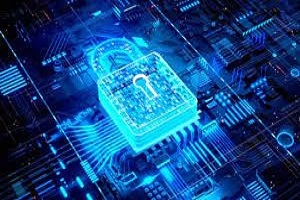



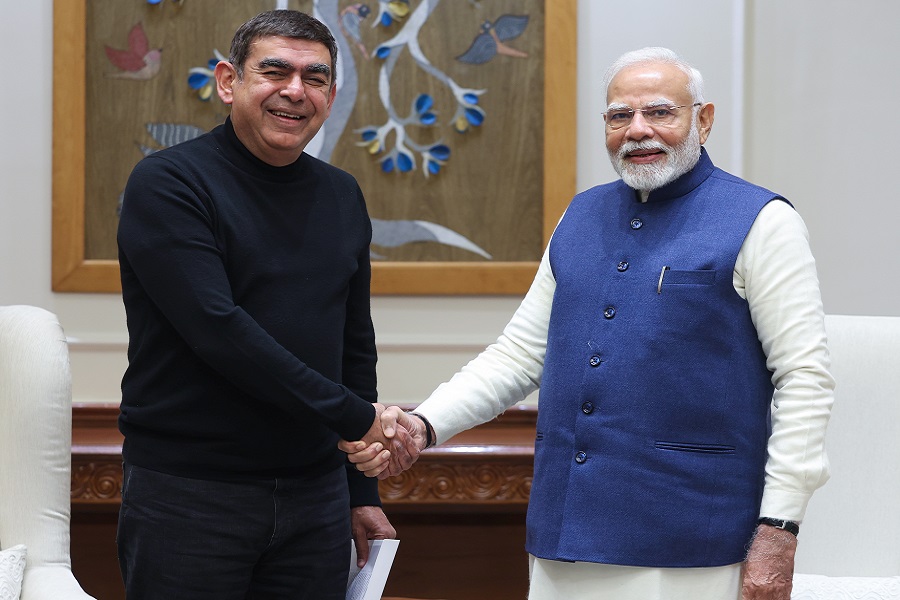

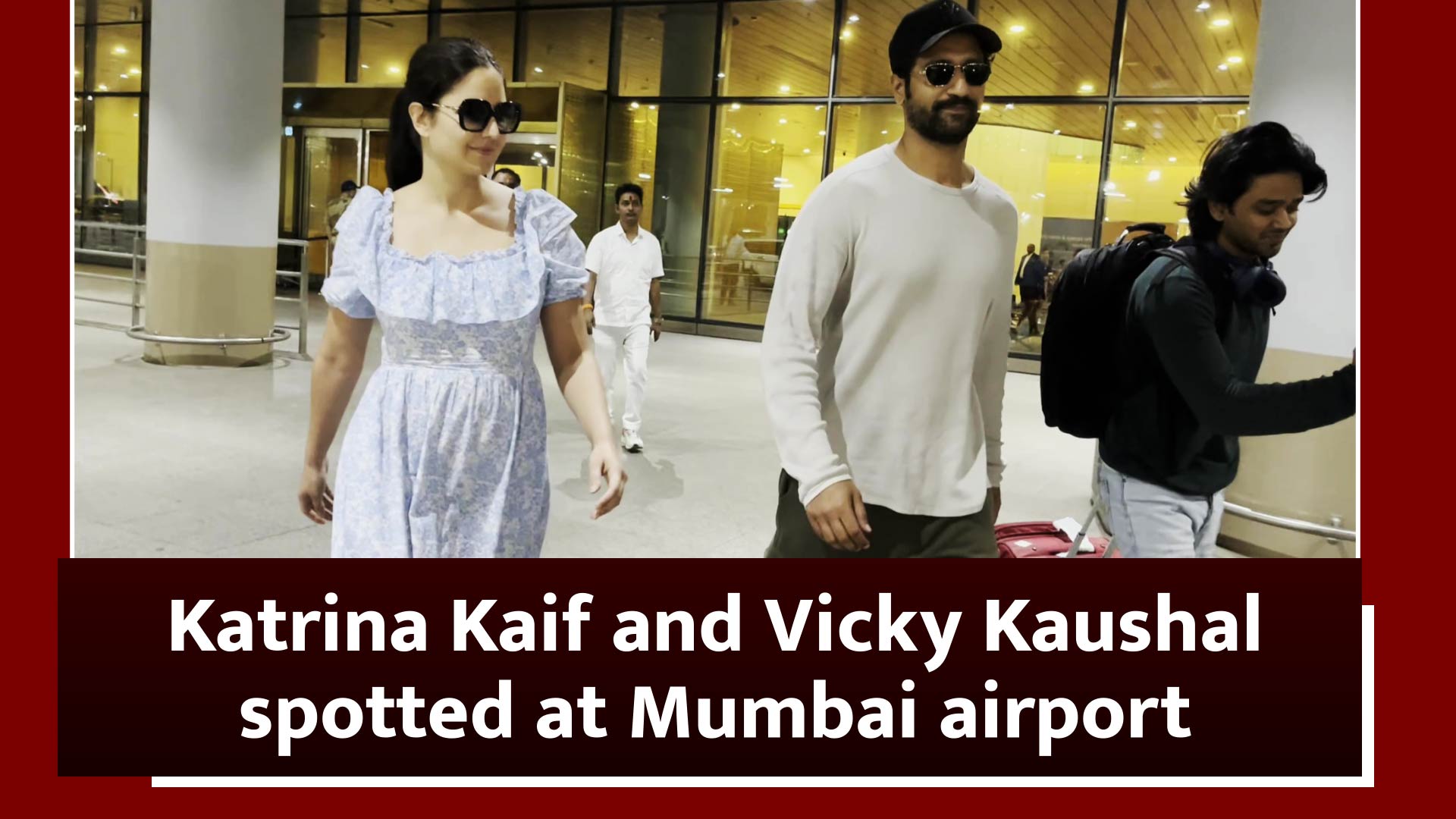

Tag News

Weekly Market Analysis : Markets strengthened recovery and gained nearly 2% in the passing w...

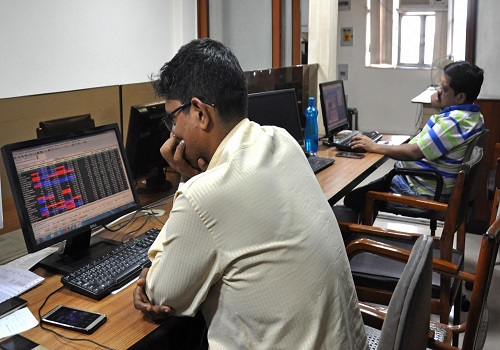
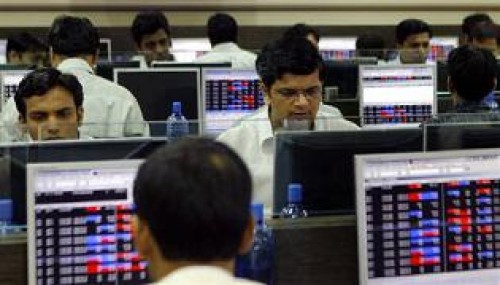
More News

Rollover Report for June-July 2022 By Angel One
